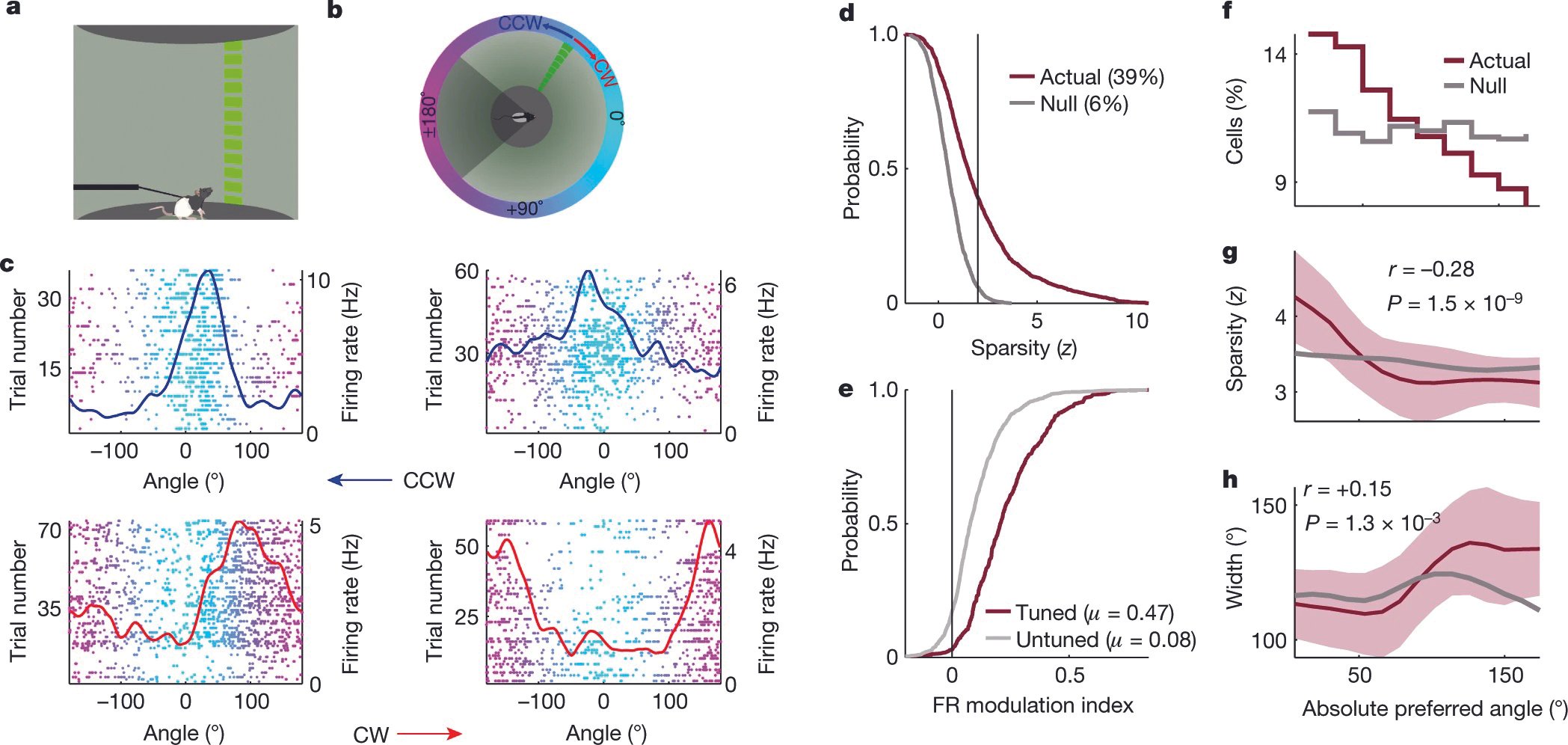Neural Mechanisms of Learning and Creating Abstract Ideas
Professor Mayank Mehta, Neurophysics laboratory
How do we learn abstract ideas? This has puzzled us for millennia. To understand this, one has to measure the activity of many individual neurons simultaneously, from not just one but many parts of the brain. Such a technique is invasive and can’t be used in normal humans.
Now, the Neurophysics lab has developed novel experiments to measure neural mechanisms of abstraction in mice. They used three different protocols. The first one asked the mice to learn the location of an unmarked reward zone, based on distant landmarks, using triangulation. Mice had to do this in virtual reality, so that they can’t cheat, e.g. by using scent marks. This is a task that even humans find quite challenging. Researchers were able to observe the abstract neural representations form in real time and determine the mechanisms [J. Moore et al., “Linking hippocampal multiplexed tuning, Hebbian plasticity and navigation,” Nature 599, 442–448 (2021)].
In another, even simpler experiment, researchers let the mice sit still and do their thing, while moving some virtual objects around them. This test was meant to help understand how the brain forms abstract, vectorial concepts (e.g. angle, distance and direction of motion) about the world, without doing anything. This too revealed remarkable results [C.S. Purandare et al., “Moving bar of light evokes vectorial spatial selectivity in the immobile rat hippocampus,” Nature 602, 461–467 (2022)]., contrary to the prevailing theories. Finally, researchers showed a black-and-white silent movie (A Touch of Evil directed by Orson Welles) and the neurons could detect basic ideas such as continuity and the speed at which information was coming in [C.S.Purandare and M.R.Mehta,“Mega−scalemovie−fields in the mouse visuo−hippocampal network,” eLife (2023)].
These results have wide applications, from biological AI to diagnosis and treatment of learning disorders such as ADHD and diseases such as Alzheimer’s and dementia. In recognition of this work, Mayank Mehta was invited to organize a prestigious symposium and give a talk at the annual Society for Neuroscience meeting in Washington D.C. with ~35,000 attendees.

